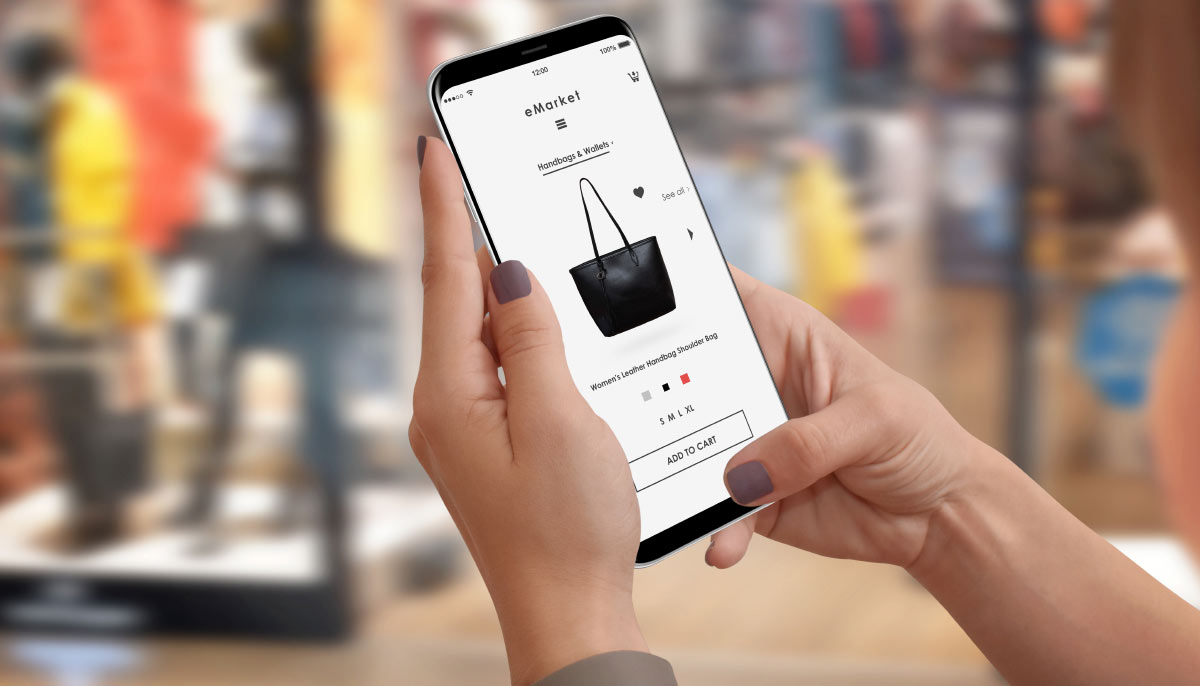
The Cost of Living Crisis: How to Maintain Brand Loyalty
The cost of living crisis continues to skyrocket across the globe and in June we witnessed inflation increase even further, with the headline consumer price index expected to reach 8.8% year over year. Naturally, brands are growing concerned about consumer confidence and how these rising costs will impact spending, brand loyalty, and therefore future profitability and growth. And rightly so – recent reports suggest that consumers are most likely to cut back on eating out and fashion as they adjust their spending to cope with rising costs.
As a result of consumers thinking more about their spending habits, the competition between brands is now tougher than ever before. Not only are they needing to fight for consumer loyalty, but retailers are also feeling their own financial squeeze as energy, transport, staff, and raw material costs continue to spiral out of control. With no option but to pass these costs on to consumers, retailers and brands are expected to enter a vicious cycle that could see sales and profits continue to drop for the foreseeable future.
Cost vs customer satisfaction – a careful balancing act
Now, more than ever, brands and retailers must work hard to maintain customer loyalty, while also being cost-conscious when it comes to their own operations in a turbulent economic landscape. The face of brand loyalty, however, has changed significantly in recent years. Our own research revealed that consumers were mostly driven by free delivery (37%) and competitive/attractive prices (33%).
Brands must therefore strike a balance between their own cost pressures with the satisfaction of their customers. Automatically cutting prices or devaluing products, however, is not the answer here. Balance means finding ways to boost efficiency where possible – and in doing so – minimize the impact of inflation on customers.
The strategies to tackle rising costs and encourage brand loyalty
- Looking to alternative fulfillment solutions: Existing infrastructures that require significant investment, for example, can be repurposed, ensuring space is being fully maximized. Brands can look to a BPO to help offset inflation through a decentralized warehouse model. They can also consider optimizing existing physical store space to work harder and smarter.
- Selecting the right order management system and picking technology: By doing so, brands can transform their brick-and-mortar sites into smaller, local distribution facilities – making the space work twice as hard by fulfilling the needs of both in-store shoppers while supporting online demand. This is also an effective means to reduce the distance between product and customer, therefore cutting back on the mileage and costs associated with delivery.
- Cloud-based order fulfillment picking solutions: These flexible order picking solutions can be easily integrated within existing systems and can help increase the efficiency of the fulfillment operation. In doing so, retailers can reduce waste and inefficiencies caused by the return of incorrect products and improve picking productivity.
Maintaining brand loyalty during turbulence
While the above strategies can certainly help brands optimize resources, there is no denying that rising costs will continue to have an impact during this period of flux. To tackle this requires brands to be strategic, and look to other elements that will win the loyalty of their customers, including convenience, consciousness, and customer service:
- Convenience: Over half (54%) of consumers prefer to have the convenience of multiple return options to keep up with their busy lifestyles.
- Consciousness: 35% of consumers name sustainable packaging, delivery and returns options at checkout as key components to an ideal shopping experience.
- Customer Service: When cost pressure rises and consumers are shopping with an every-penny-counts mentality, tolerance around the service they receive will be at an all-time low. Customer service teams must therefore be equipped to deal with inquiries quickly and seamlessly – and from a range of channels. Whilst there may not be internal resources available to do so, outsourcing customer care teams can be a cost-effective solution to this problem.
Leveraging the start-up mentality around personalization and value-added services can also be a great way of standing out from the crowd and remaining competitive during this time. From engraving to embroidery, even adding a personalized label to packaging, which doesn’t come at a huge expense for the business, can go a long way in providing extra value to the customer.
Consumer confidence may be low currently, but this will not always be the case. Brands that can appeal to and retain loyalty while times are tough will continue to reap rewards in the future.
Get in touch with PFS today to learn more about how we can help you combat the unprecedented challenges in today’s market.


